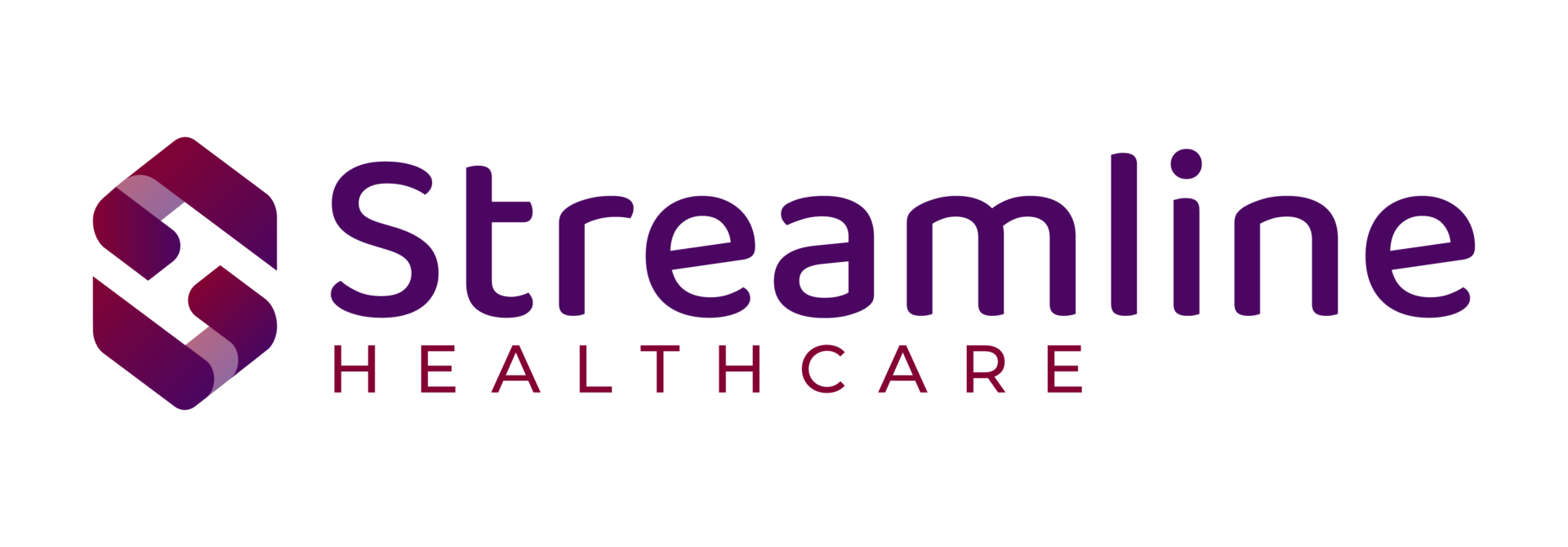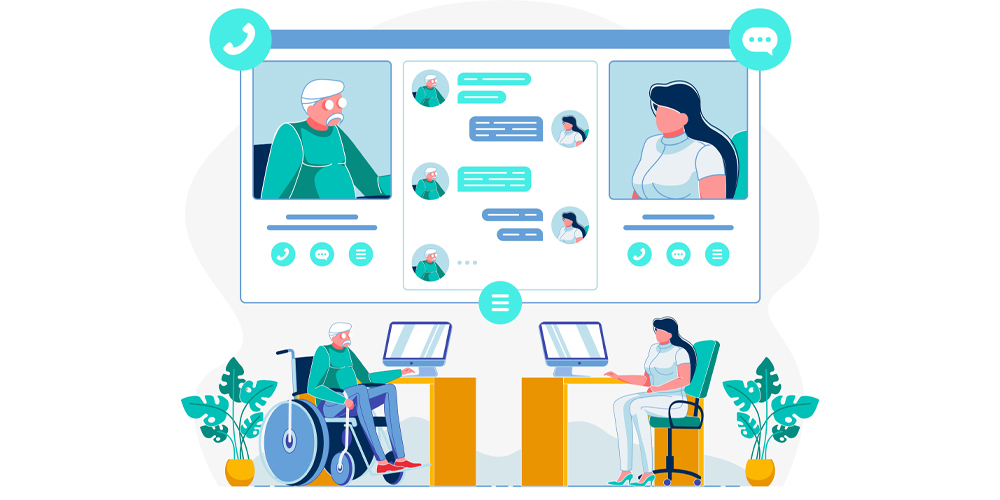The Promise and Challenge of Telehealth in Behavioral Health and Human Services
Telehealth, remote health, virtual care—however it is described, providing behavioral health and human services in both electronic and traditional ways is one of the biggest changes brought about by the COVID-19 pandemic.
COVID and the rise of Telehealth
During the COVID-19 pandemic, the use of remote healthcare exploded. According to the Health Care business of LexisNexis Risk solutions, behavioral health telehealth visits have increased 6,500 percent. Eighty-eight percent of Americans used some kind of remote healthcare in the previous year, with a satisfaction rate of 90 percent.
Benefits of Telehealth and Remote Care
What started as a necessity has evolved into a solution that will have advantages beyond the pandemic.
Remote healthcare can help in many ways including:
- Increase access to care
- Alleviate ongoing provider shortages
- Reduce healthcare costs
- Encourage the management of chronic health conditions
- It’s also efficient, allowing for more convenient scheduling and less travel time for clients.
As remote health continues to grow, organizations that implement virtual health capabilities—and stay innovative—will have a competitive edge.
Remote Care Challenges
At the same time, implementing remote healthcare in behavioral health and human services has its share of challenges.
Many EHR systems don’t fully support telehealth, requiring organizations to add a separate software application. This can make providing telehealth complicated and cumbersome for staff.
Some telehealth solutions don’t integrate seamlessly with the EHR, requiring staff to toggle back and forth from one part of the system to the other.
Remote workforces have also become more common since COVID-19. Behavioral health organizations must focus on both the security and functionality of their remote employees’ tools.
A Seamless EHR Solution for Telehealth
Telehealth is a powerful tool that has been built in Streamline’s SmartCare™ platform that is designed with behavioral health and human services organizations in mind. Users can seamlessly and securely provide telehealth services for clients, without having to worry about integrating it with other tools.
SmartCare™ telehealth works on laptops, tablets, and desktops, so users can deliver and receive behavioral health services in any setting. Users communicate through secure electronic messaging that can be set up directly from within the client’s care plan with Zoom, GoToWebinar, or other software. That means users can communicate with clients, conduct a remote therapy session, take notes, and follow up, all within one system.
SmartCare™ includes a Patient Portal that gives clients easy, secure access to their health information. Because telehealth is integrated with the rest of SmartCare, all data entered into the Patient Portal automatically enters the platform’s care management and revenue cycle management functions.
Get started with SmartCare™ and provide quality Telehealth & Remote Care services for all clients
Streamline’s SmartCare™ solution allows organizations to offer secure and up-to-date remote care options to their clients, with the flexibility to grow and evolve. Interested in learning more about SmartCare™ EHR and its telehealth capabilities? Request a demo today.




